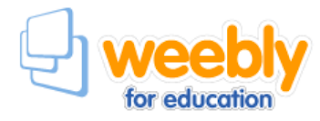Open Education Resources(OER)
What is Open Education Resources(OER)?
Open Education Resources(OER) is an online tool to get Education through different courses, videos and software. Which are available on different websites.
A list of 15 websites which are available on Internet for Open Education Resource:
Take Free Online classes from 140+ top universities and educational institutes.
Technology, Entertainment and Design(TED) is an event where the world's leading thinkers and doers gather to find inspiration.
Join people learning together at Future Learn. Enjoy free online courses from top universities and specialist organizations.
Take control of your learning by working on the skills you choose at your own pace with free online courses.
Edx offers free online courses and classes from the world's best universities on various topics.
Moodle is a free Open Source software package designed to help educators get effective online education.
Start Learning Today! Online Courses, Advance your Career, Audio/Video Courses, Online Textbooks and Translated Courses.
Open Educational Resources(OER) is a dynamic digital library and Network created to join dedicated educators.
10. Education for Weebly
Learn in minutes by using simple interface.
The Canvas Network offers free online courses and classes from the world's leading universities. Enroll now to get started.
Link: https://www.canvas.net/
12. Curriki
A community for teaching or studying. Create, Share and Explore high quality content. Start now.
Free Educational Resources. Now you can transform.
Link: https://openstax.org/
14. B2t Learning and Training
Courses provide learners the opportunity to apply analysis. Interactive workshops allow students to practice the techniques.
These are the 15 websites which are available to get online education. You can share your experience of online education in the comments box below.






















